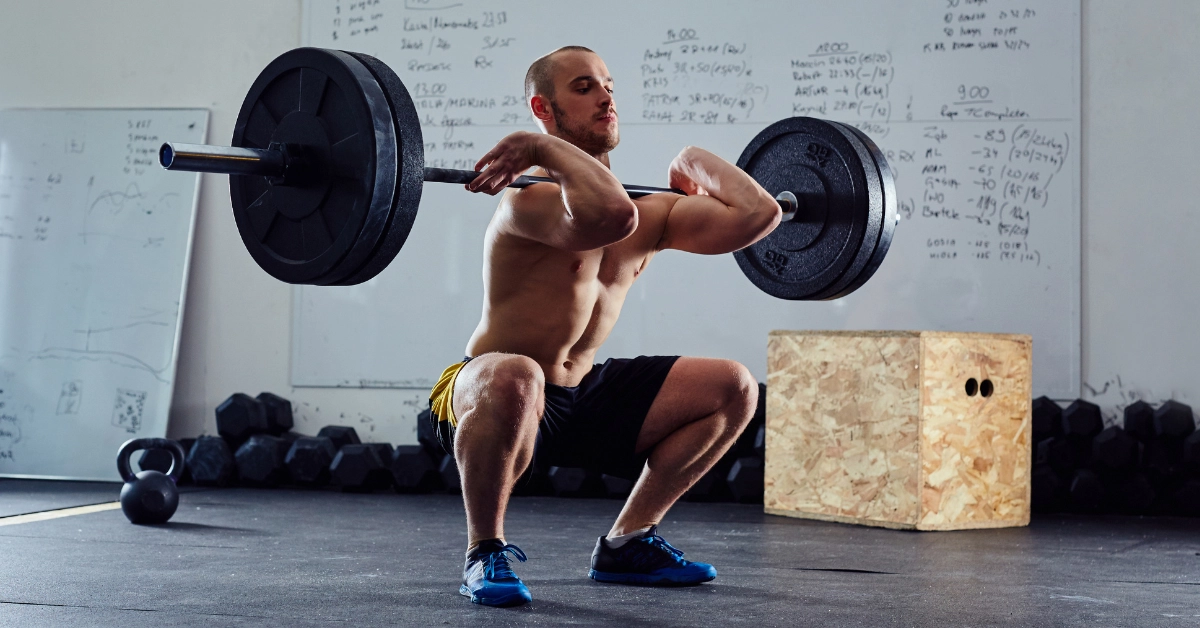10 best front squat alternatives
Front squats can be a great exercise for lower body strength and hypertrophy, however, they are not necessarily great for everyone. This is largely due to the increased mobility demands required to perform this exercise, compared to similar squat exercises. To perform this exercise well you will need good shoulder and thoracic spine (upper back) mobility as well as wrist mobility to hold the bar in the front rack position. You will also need adequate hip and ankle mobility to be able to remain upright when squatting to depth.
There are a few hacks to get around potential mobility issues such as placing the bar on the shoulders using a crossed-arm position and using straps, however, we find these to be awkward, uncomfortable, and unstable for most people. As with any squat the main muscles worked when performing the front squat are the quadriceps and glutes, as well as the upper back and core, to a slightly greater degree than with other squat variations. This is due to the more upright torso position when performed correctly.
why do people perform the front squat?
Front squats are best used by those individuals who compete in the sport of Olympic Weightlifting and have good mobility, and this is where front squats have been traditionally used. This is because the front squat position is specific to the clean and the clean rack position, and so training the front squat with an upright torso and the bar placed across the shoulders will carry over well to the sport of weight lifting. In simple terms, the front squat is the most similar position to the clean rack position used in weightlifting.
If your sport is Olympic weightlifting then you need to train the front squat, however, for the majority of people it is not always the best idea, and time spent performing other squat variations would be a more productive use of their time, in our opinion. A large percentage of people we see in the gym are performing front squats because they believe it is a more effective exercise for quad growth. If we are simply using front squats for muscle growth (hypertrophy) there are front squat alternatives that may be better, especially considering the majority of people can not perform front squats well enough to make it an effective quad exercise.
hitting the target muscle effectively
Having a basic understanding of biomechanics and specifically how the position of our bodies or joint angles will bias certain muscle groups is important, as it allows us to choose the most effective exercises for our specific goals. When we are thinking about any exercise in terms of hypertrophy we are looking to place as much stress on the target muscle as possible. In regards to any squat variation when our goal is hypertrophy, this is the quadriceps.
We should also choose variations where the target muscle becomes the limiting factor. This simply means that when we perform a squat variation, we want the quads to fatigue as we work towards muscular failure, rather than other muscle groups. If the latter happens we will have to stop a set due to these supporting muscle groups failing rather than the actual muscle group we are trying to maximally stimulate for muscle growth.
With this understanding, we can see why front squats may not always be the best option when looking to train our quads for muscle growth, especially if there are front squat alternatives that can do the job equally well or even better. If your upper back and core are fatiguing and you have to stop your set before your quads are worked hard enough, this is a problem.
How to make any squat variation more quad dominant
We can make any squat variation more effective at hitting the quads by allowing our knees to travel past our toes as far as possible at the bottom position of the squat. This places the most tension on the quads in the stretched position at the bottom or deepest part of the squat. To do this most people will need to elevate their heels somewhat, this takes some of the limitations out of an individual’s lack of ankle mobility and allows the knees to travel further over the toes. It will also allow for a more upright torso position. Olympic weight-lifting shoes can be used to elevate the heels as well as squat wedges or ramps. You may need to use both.
Even when doing this, not everyone will be able to reach full depth in the squat and keep a perfectly upright torso position. This is because we are all built differently and the relative length of things such as our femur compared to our tibia bones. This relationship between the lengths of our upper legs compared to our lower and also our torso length will determine how far we have to lean forward in a squat. This is something we can not change and is the reason why some people can naturally squat with an upright torso while others have a greater lean forward, and is also why some people are suited to front squatting more than others.
With that said, almost everyone can significantly improve their squat form and target the quads more effectively when elevating their heels. It is important to note here that you should still only train to the maximum depth of your current mobility levels and work on improving this over time. Just because you can elevate your heels and sink to the bottom of a squat doesn’t mean you should. If you have no tension in this bottom position and your lower back is severely rounded, you are working outside of your current mobility level, and this is a recipe for disaster!
the best front squat alternatives
Now that we have an understanding of why front squats may not be best for everyone, and how we can make any squat variation more quad-dominant we can choose other squat variations to achieve the same goal in a way that is more effective for the majority of people. We have put the following front squat alternatives in order of how we see them in terms of how close they are to the free weight front squat, how well they can be progressed over time, how practical they are, and how available they are in most public gyms.
Barbell high bar squat
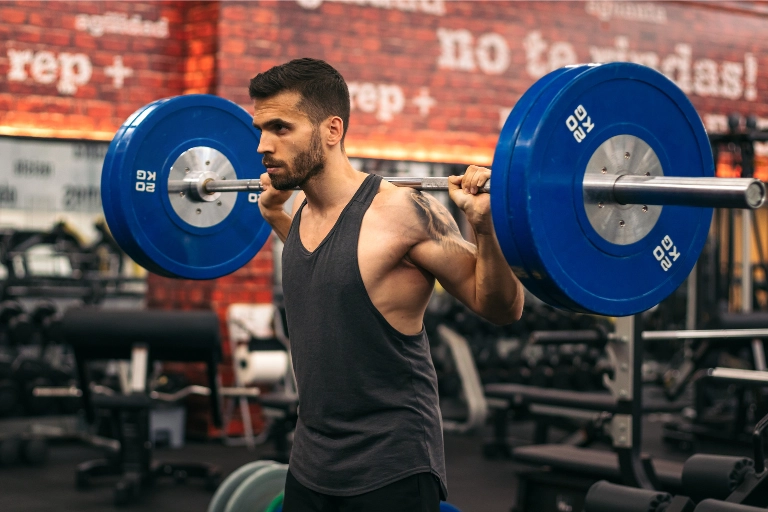
The most obvious front squat alternative could well be the high bar squat. When elevating their heels many people can remain fairly upright and achieve good depth allowing their knees to travel over their toes. As long as an individual does not have terrible squat biomechanics and/or mobility the standard high bar squat can be a good option. However, for some people, there may be better alternatives available.
Best for people who like free weight lifts, have good squat mechanics and mobility, and do not have access to specialty bars such as the safety bar.
safety bar squat
The safety bar squat also known as the SSB Squat can be a good front squat alternative and is what iv been using for the majority of the time when I choose to perform a free weight squat over the past few years. The safety bar squat will shift the weight plates slightly forward compared to a back squat changing the centre of mass and forcing you to keep a more upright torso position. You can think of the safety bar squat as a middle ground between a high bar squat and a front squat.
The safety bar squat is also great for people who may have limited shoulder mobility or are working around a shoulder injury. As with the barbell high bar squat, most people will need to elevate their heels to stay more upright and allow their knees to move further over their toes in the bottom position.
Best for people who want to mimic a similar position to a front squat with the weight shifted slightly forward, and/or those with shoulder mobility issues or injuries.
smith machine squat
The Smith machine squat is a good front squat alternative especially when our main focus is hypertrophy. As the bar is fixed you will naturally keep a more upright torso position when set up correctly. It is more stable than a free-weight exercise allowing you to push harder, safely, without form breakdown becoming a problem. It is also less systemically fatiguing than free weight lifts allowing more weekly volume to be performed.
Best for people who want to push harder, train closer to failure, and need to manage their fatigue, while performing a similar movement to the barbell high bar squat.
hack squat
The hack squat is a great machine and is a familiar piece of equipment in most gyms. Since the hack squat is a machine it is incredibly stable and safe, meaning sets can be taken closer to, or to failure and beyond. As with the Smith machine, it is less systemically fatiguing than free weight lifts.
Foot placement is important here, we should place our feet as far down the footplate as possible, as long as we can reach full depth without our heels lifting off the footplate. This allows our knees to move further forward over our toes to maximize the tension on the quads in the bottom position. You may need to experiment with your foot placement in terms of width, to see which position allows you to get the most depth for your current level of mobility.
Best for those who want to push harder, train closer to or beyond failure, and manage their fatigue.
leg press
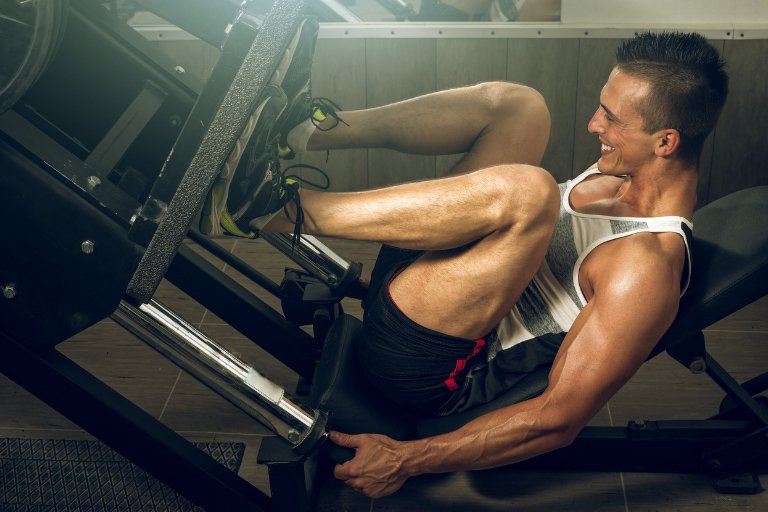
The leg press is a great machine for all the reasons mentioned about the hack squat above. The leg press targets the glutes a little more compared to the hack squat due to the position of the machine, however, this is not a bad thing and it is still a great quad exercise when set up correctly. Much like the hack squat the position of your feet will emphasize the quads to a greater or lesser degree. Placing feet lower on the pad will allow your knees to travel forward working the quads to a greater degree, while placing the feet higher on the pad will emphasize the glutes more.
Best for those who want to push some heavy weight safely, and want to rotate out another machine such as the hack squat.
Bulgarian split squat
Unilateral exercises (working one limb at a time) such as Bulgarian split squats can be a good front squat alternative and should be part of a well-balanced training program. When performing single-leg work, the same principles apply as in any bilateral (working both limbs) exercise. The closer your front foot is to the bench the further your knee will travel past your toes and the more quad-dominant the exercise will be.
Best for those who want to work on muscle imbalances and improve athletic performance. Can also be useful for people with lower back and/or knee injuries as lower weights can be used.
pendulum squat
The pendulum squat is a great machine allowing for a squat to be performed with good stability and a good resistance profile, especially on some of the better machines. This is probably my favorite squat alternative, the only problem being that they are less common in public gyms, especially good ones, compared to hack squats and leg presses. The unique feature of a pendulum squat comes from where the weight is placed and how it changes throughout the movement. The strength curve of a pendulum squat makes the movement easier at the bottom of the squat where we are weaker and harder towards the top where we are stronger.
Best for those who want to train hard and safely in a way that mimics a free-weight squat. Can also be great for older individuals and those with a history of knee injuries, due to the weight being reduced at the bottom of the movement, when the knee is under the most pressure.
belt squat
Much like the pendulum squat the belt squat is less common in public gyms, however, if you have access to one it can be a great option. Due to the setup of the belt, there is no axial loading (downward pressure on the spine) allowing for less systemic fatigue and also placing less stress on the lower back. Setting your foot placement up correctly is still important as mentioned previously, if we are looking to place more emphasis on the quads.
Best for those with lower back injuries/issues and for those who want to avoid excessive axial loading.
Goblet Squat
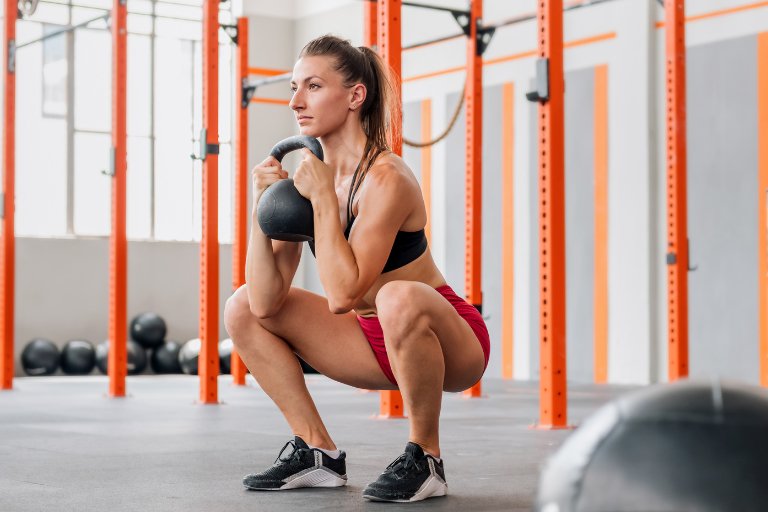
The goblet squat is almost identical to the front squat and is a good front squat alternative for some people, the only real difference is that we are using a dumbbell or kettlebell. Goblet squats are great for beginners and are one of our go-to exercises to teach the squat pattern in general. With heels elevated and the weight in front of the body, most people can maintain a fairly upright torso position and reach a decent depth with some practice. The main downside with the goblet squat is that eventually, and fairly soon for some individuals, the available dumbells will become too light to be effective at stimulating muscle growth.
Best for beginners who are learning the squat pattern and do not need to use heavy weights.
Zercher squat
The Zercher squat can be a good front squat alternative for some people. We find some people love them and some people hate them. The main problem is often the awkward setup and due to the barbell being held in the creases of the elbows, it can be uncomfortable, especially as we get stronger and heavier weights are being used. However, it can be worth experimenting with Zercher squats.
Best used if you want to try something different and you do not mind some level of discomfort.
conclusion
And there you have it, those are the 10 best front squat alternatives, in our opinion. Of course, they are also great alternatives to the barbell back squat. The barbell back squat whether high bar or low bar is are great exercise, however, not everyone is built to squat, and if hypertrophy is the main goal there may be better alternatives for many people. Whichever variation you choose the same principles will apply. Allowing the knees to travel forward over the toes will place the most tension on the quads and will be maximally stimulative for hypertrophy. Performing the exercise using the greatest range of motion for your current mobility is also important if we are looking to maximize hypertrophy.

